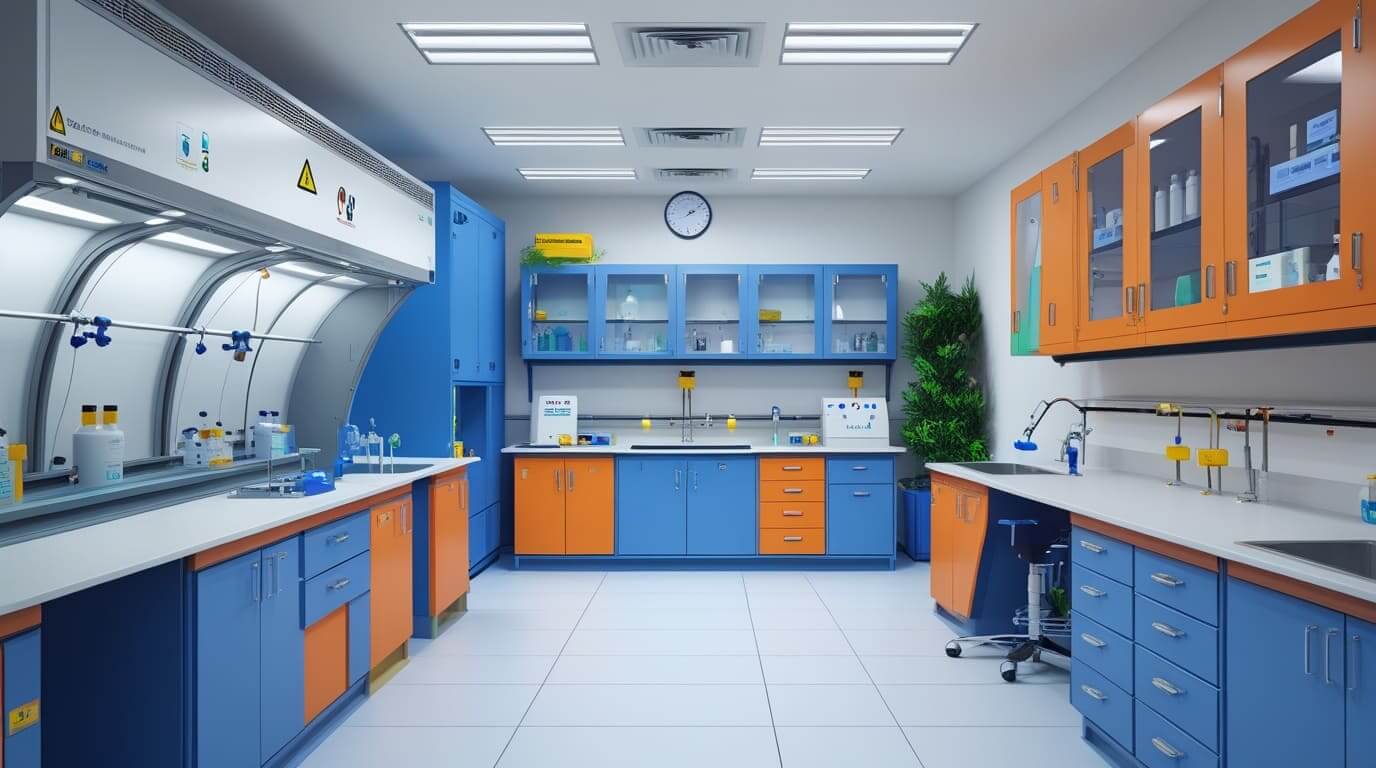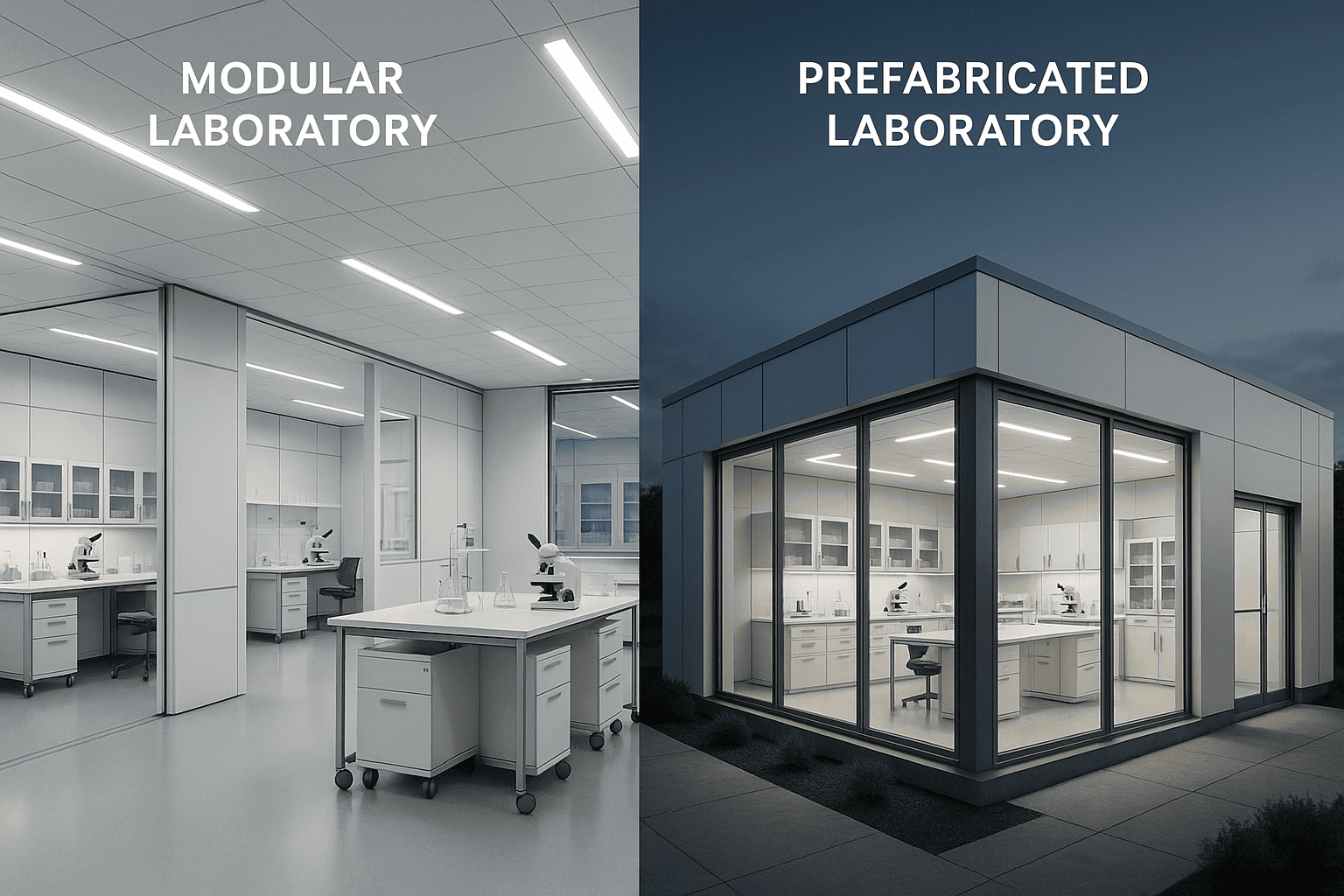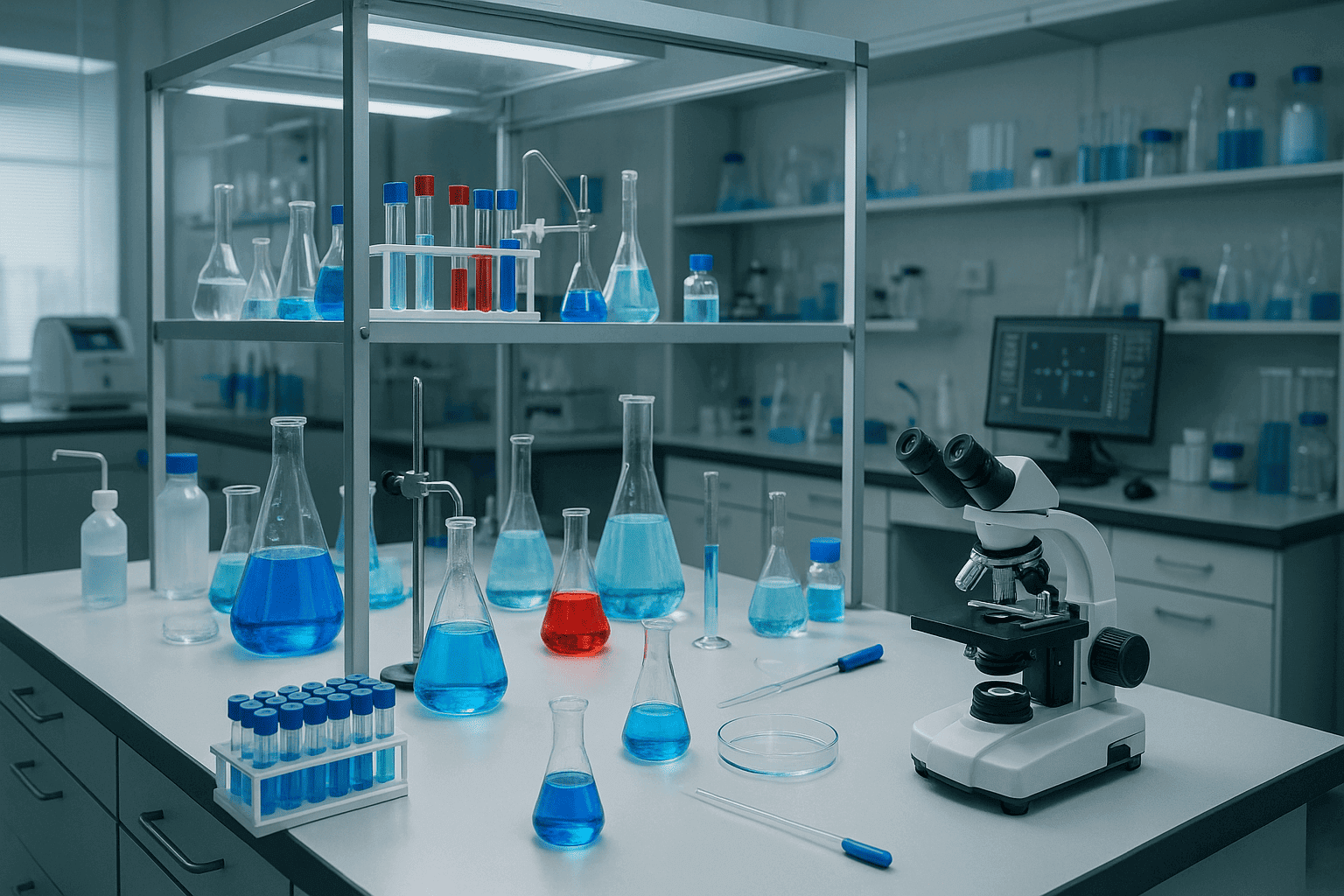Setting up a laboratory is an exciting yet challenging task. Whether it’s a school lab, research facility, or industrial testing centre, the quality of your equipment determines your accuracy, efficiency, and safety. However, many buyers — even experienced ones — make avoidable errors that lead to wasted money, delays, and compromised results.
In this detailed guide, we’ll uncover the top mistakes to avoid when buying laboratory equipment, along with practical insights and professional purchase tips that can help you make the right decision for your setup.
1- Not Defining Your Lab’s Requirements Clearly
One of the most common lab setup mistakes is starting the purchase process without a clear understanding of what the laboratory actually needs. Many organizations order advanced or oversized instruments that don’t align with their testing goals or available space.
Before buying any equipment, list down:
- The exact type of experiments or tests to be conducted.
- The volume of work expected daily.
- Available space, ventilation, and power requirements.
Once you have this data, compare specifications carefully. This step ensures that you purchase equipment suited to your actual workflow instead of going over budget on unnecessary items.
2- Ignoring Quality and Reliability Over Price
While cost matters, compromising on quality can lead to frequent breakdowns, inaccurate results, and long-term losses. The best approach is to balance budget with reliability. Look for certified suppliers and reputed brands recommended by professionals or websites like chameza.in, labturnkey.in, and labcreator.in.
Also, check for equipment warranty, availability of spare parts, and after-sales support. Remember, a slightly higher initial investment in durable and calibrated instruments pays off over years of consistent performance.
3- Overlooking Safety and Compliance Standards
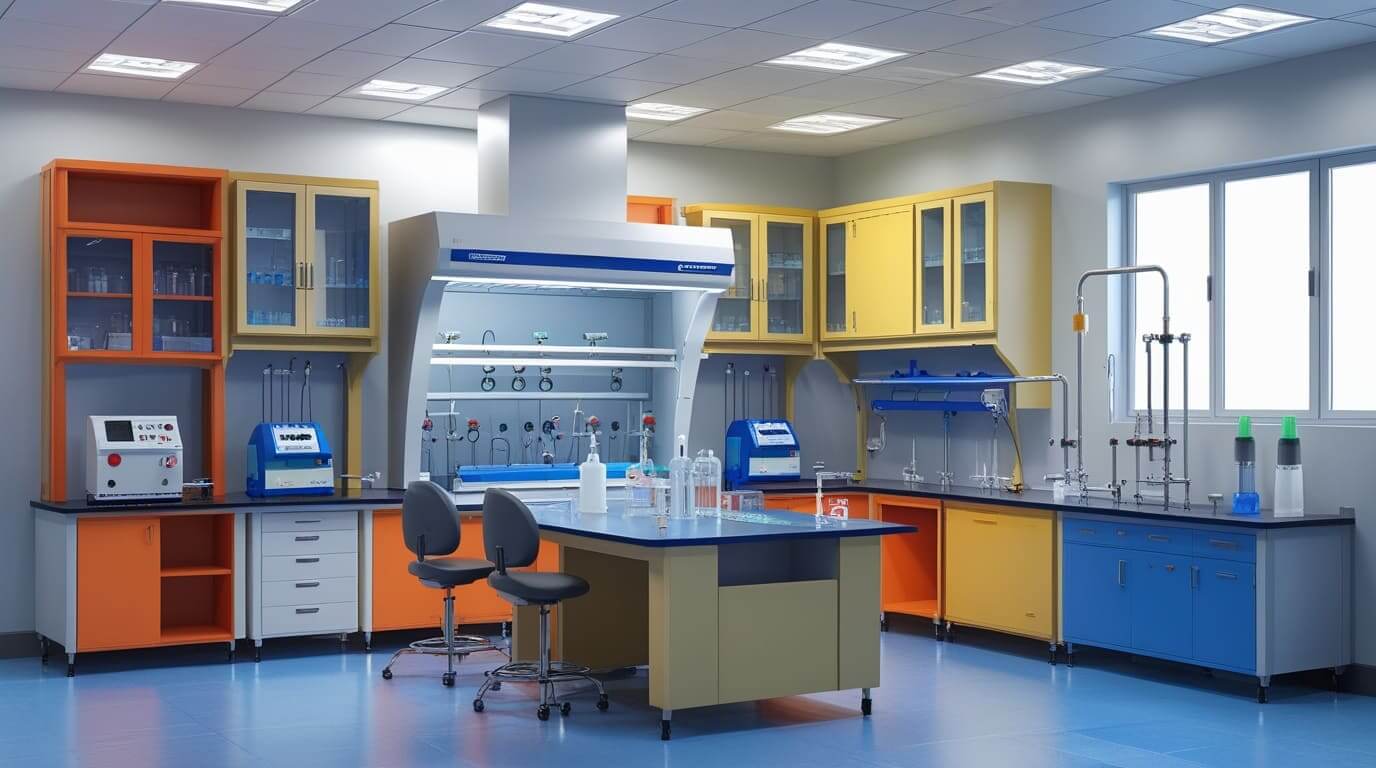
Every laboratory must follow specific safety regulations. Buying equipment that doesn’t comply with ISO, NABL, or other safety standards can lead to operational hazards or legal complications. Always check certifications and confirm if the equipment meets your region’s compliance codes.
For example, fume hoods, biosafety cabinets, and chemical storage units must be built to control contamination and protect lab personnel. Skipping these checks is one of the major lab setup mistakes that could jeopardize both your team’s safety and your lab’s reputation.
4- Not Considering Future Expansion
Many labs buy equipment that meets their current needs but fails to support future growth. Technology evolves fast, and research requirements often expand. When choosing instruments, consider scalability — can the equipment handle higher workloads or integrate with advanced systems later?
Modern laboratories prefer modular setups where equipment can be upgraded or connected digitally. This foresight saves costs and avoids redundancy when expanding the lab.
5- Ignoring Vendor Reputation and Support Services
Choosing a supplier is just as important as selecting the right equipment. Reliable suppliers provide installation assistance, calibration services, and training for lab staff. Unfortunately, buyers often pick the cheapest vendors without verifying their credibility.
Before finalizing your order, always check vendor reviews, response time, and technical support quality. Trusted companies like chameza.in, labturnkey.in, and labcreator.in specialize in turnkey laboratory setups and can guide you from design to delivery.
6- Failing to Verify Space and Infrastructure Compatibility
Another common issue is purchasing instruments that don’t fit your laboratory’s layout. Every lab has unique constraints regarding ventilation, electrical load, drainage, and bench space. Oversized centrifuges or fume hoods may not operate efficiently in confined areas.
Measure your available area precisely and plan your layout before ordering. Working with an experienced lab planner ensures that every piece of equipment integrates smoothly with your utilities and furniture setup.
7- Neglecting User Training and Maintenance Planning
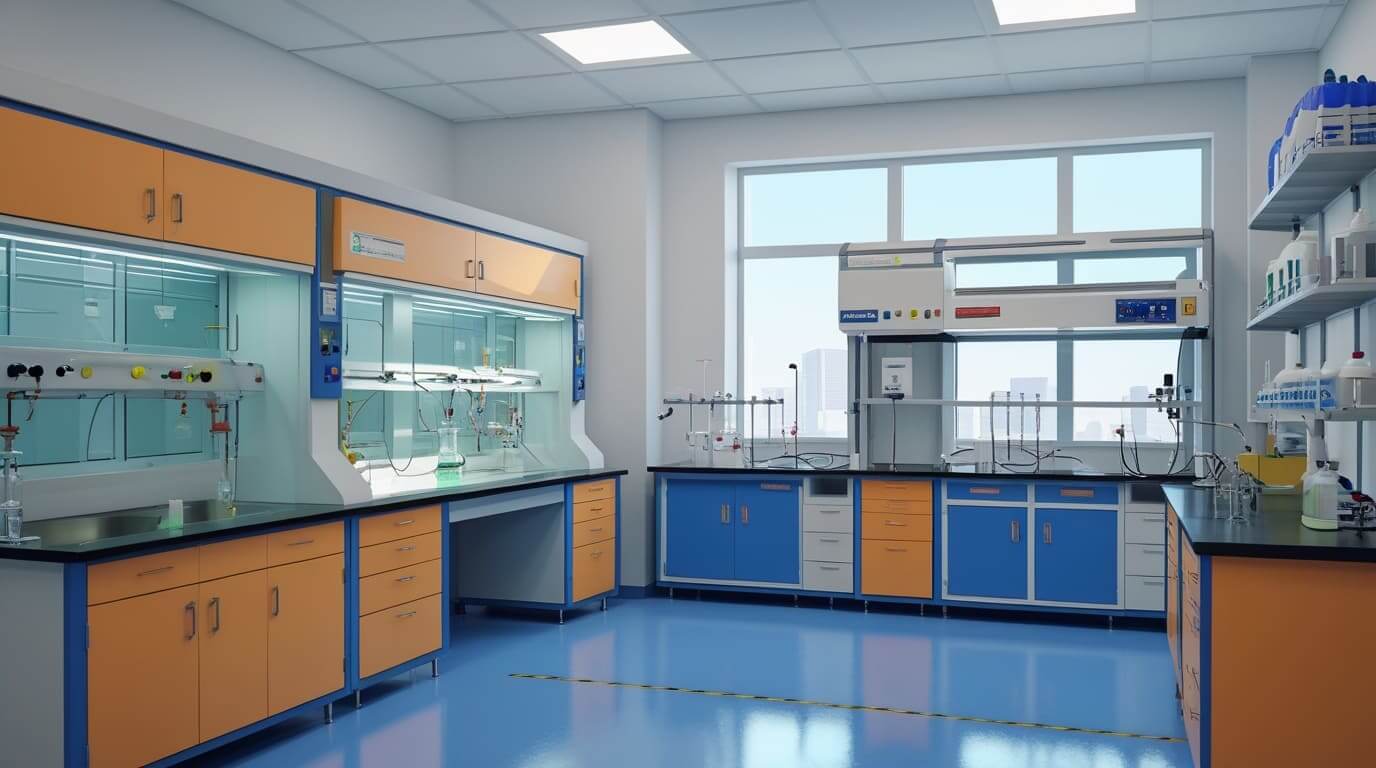
High-quality laboratory equipment requires skilled handling. Even the best devices can malfunction if the staff isn’t properly trained. Many buyers overlook training and maintenance scheduling, which leads to premature wear and inaccurate results.
When finalizing your purchase, ensure the vendor provides comprehensive user manuals, installation guidance, and training sessions. Also, set a regular maintenance plan to keep instruments calibrated and contamination-free.
8- Buying Without Comparing Models and Features
Rushing into a purchase without comparing alternatives is another avoidable mistake. Each brand offers different models with unique features, such as digital control systems, automation levels, or energy efficiency.
Use online tools and manufacturer websites to compare specifications, performance data, and user reviews. This helps identify the best balance between cost, features, and durability — a fundamental lab equipment guide for smarter buying decisions.
9- Forgetting About Service Contracts and Spare Parts
Once your lab becomes operational, timely maintenance is crucial. Unfortunately, many buyers ignore the importance of after-sales service contracts. When equipment breaks down, sourcing spare parts or professional repair services becomes a major challenge.
Before purchasing, always ask:
- Is there a maintenance plan available?
- How quickly can spare parts be delivered?
- Is service support available in your location?
A strong service network ensures your lab stays productive with minimal downtime.
10- Not Seeking Expert Consultation
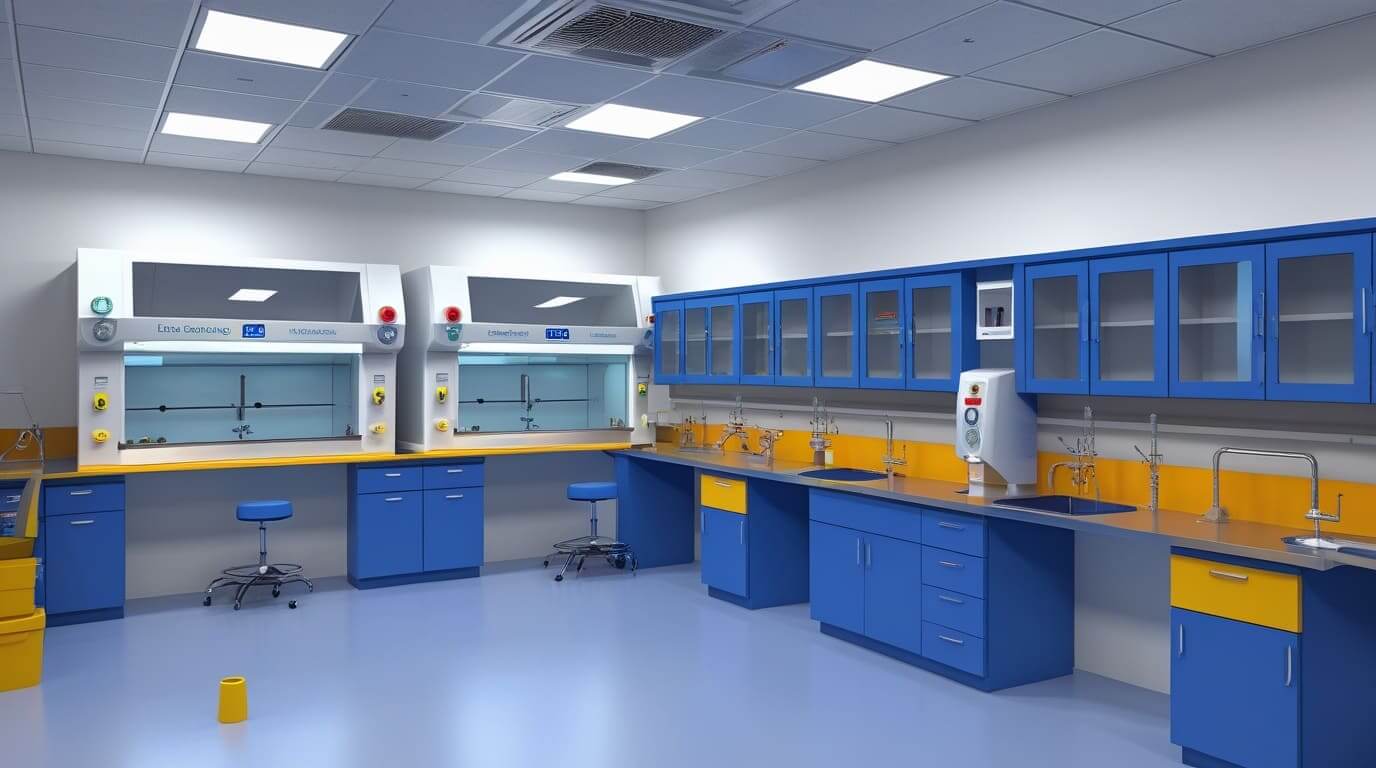
Setting up a laboratory requires technical expertise in HVAC design, workflow planning, and equipment selection. Attempting to handle everything alone often leads to expensive errors. Consulting experts or turnkey service providers ensures your project meets professional standards.
Specialized consultants from firms like chameza.in, labturnkey.in, and labcreator.in can assess your requirements, recommend suitable instruments, and design an efficient, compliant lab setup.
Conclusion: Build Smart, Buy Smarter
Purchasing laboratory equipment is a long-term investment that directly impacts research quality and safety. Avoiding these common mistakes ensures your lab operates smoothly, safely, and efficiently.
To summarize the essentials:
- Plan your requirements before purchasing.
- Focus on reliability and compliance over low cost.
- Choose experienced vendors and service-backed suppliers.
When in doubt, refer to a professional lab equipment guide and follow trusted purchase tips from experts who understand your industry. A well-planned laboratory setup not only saves time and money but also builds the foundation for innovation and scientific excellence.

